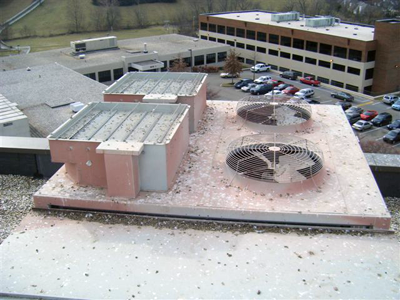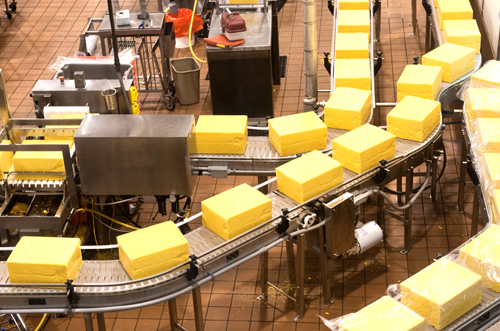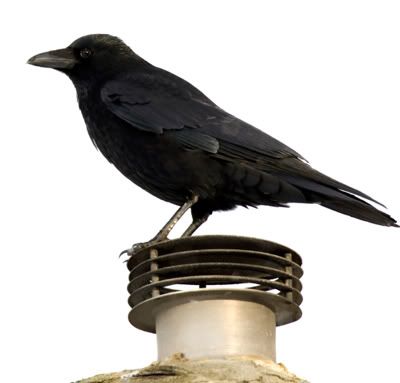
Businesses have a lot to lose when it comes to pest birds. A long roofline, parapet wall or ledge can quickly draw dozens of birds. And once they take hold and start to nest, you’ll have an ever-increasing flock to deal with. The solution is to implement some effective commercial bird control. While you may not like the idea of investing in such protective measures during these hard economic times, the cost of not keeping birds away will be far greater—in cleanups, repairs and even lost business.
In terms of cleanups, you’ll have to remove unsightly bird droppings from your store entrance, signage, windows and doors. That means your staff will be wasting time doing cleanups instead of other vital business functions. Wait too long and cleanups will become a daily job.
In term of repairs, birds can cause considerable damage to your electrical signage, lighting systems, security cameras and rooftop AC units. They can even clog your rain gutters, causing eventual roof damage. Without effective commercial bird control, you’ll have to pay for this damage sooner or later.
In terms of lost business, nothing ruins your image faster than bird droppings on your signage, windows, awnings, doors and walkways. So if you don’t clean these off—a costly, time-consuming chore—you’ll lose customers. And that’s the last thing you need in this tough economy.
The good news is that professional bird control companies know exactly what you’re facing. And they’ve developed entire lines of commercial bird control products to help you get rid of pest birds. These include:
Bird Spikes. Available in strong, rigid unbreakable polycarbonate or flexible stainless steel, bird spikes won’t allow birds to land. They’re easy to install using nails, screws or glue, and they won’t harm birds.
No Knot Bird Netting. To block pest birds from gathering around AC units, signage, eaves, canopies and other areas. This netting is light, handles easily, and is made of flame resistant polypropylene. When buying bird netting, look for brands that are ISO 1806 Protocol mesh tested and UV stabilized.
Bird Slope. These angled, slippery PVC panels won’t allow birds to land. Look for slope panels that are UV protected and sun- and weather-resistant. The panels come in stone and grey to blend in with most architectural styles.
Bird Sonics. These emit predator and distress sounds that discourage birds from nesting and roosting. One bird control sonic system emits distress and predator calls for up to 22 types of birds. The calls resemble normal bird sounds to the human ear and won’t irritate pets or annoy people.
Electric Tracks. Ideal for use on ledges, rooflines, parapet walls, eaves and signs, these electrified tracks impart a harmless shock to birds’ toes so they’ll move on. The best tracks have a low-profile design and measure just 1/4-inch at their highest point. Another feature to look for: a flow-thru design to prevent water from damming up on rooftops.

